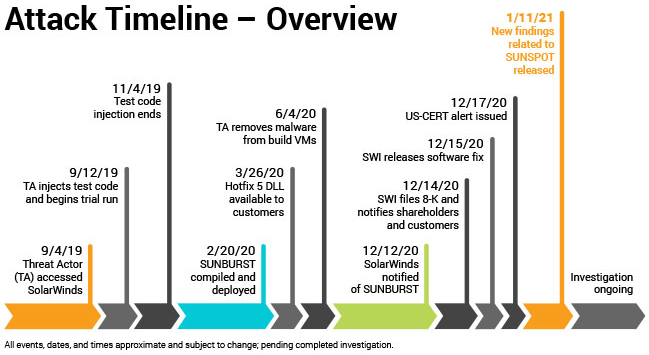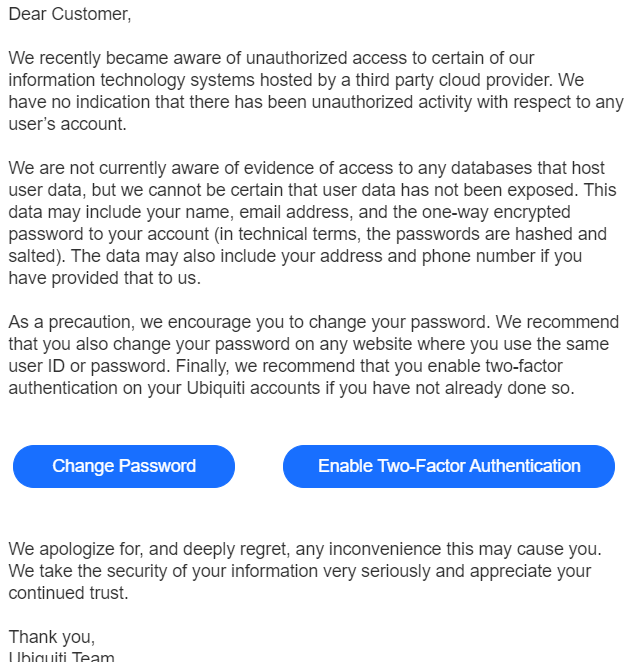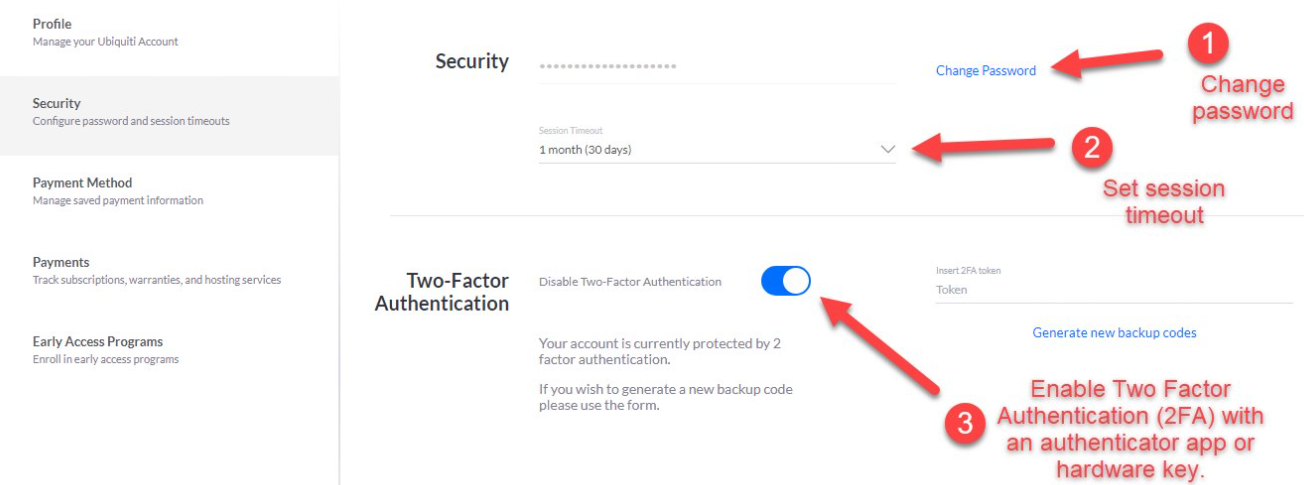Stacklet raises $18M for its cloud governance platform
Stacklet, a startup that is commercializing the Cloud Custodian open-source cloud governance project, today announced that it has raised an $18 million Series A funding round. The round was led by Addition, with participation from Foundation Capital and new individual investor Liam Randall, who is joining the company as VP of business development. Addition and Foundation Capital also invested in Stacklet’s seed round, which the company announced last August. This new round brings the company’s total funding to $22 million.
Stacklet helps enterprises manage their data governance stance across different clouds, accounts, policies and regions, with a focus on security, cost optimization and regulatory compliance. The service offers its users a set of pre-defined policy packs that encode best practices for access to cloud resources, though users can obviously also specify their own rules. In addition, Stacklet offers a number of analytics functions around policy health and resource auditing, as well as a real-time inventory and change management logs for a company’s cloud assets.
The company was co-founded by Travis Stanfield (CEO) and Kapil Thangavelu (CTO). Both bring a lot of industry expertise to the table. Stanfield spent time as an engineer at Microsoft and leading DealerTrack Technologies, while Thangavelu worked at Canonical and most recently in Amazon’s AWSOpen team. Thangavelu is also one of the co-creators of the Cloud Custodian project, which was first incubated at Capital One, where the two co-founders met during their time there, and is now a sandbox project under the Cloud Native Computing Foundation’s umbrella.
“When I joined Capital One, they had made the executive decision to go all-in on cloud and close their data centers,” Thangavelu told me. “I got to join on the ground floor of that movement and Custodian was born as a side project, looking at some of the governance and security needs that large regulated enterprises have as they move into the cloud.”
As companies have sped up their move to the cloud during the pandemic, the need for products like Stacklets has also increased. The company isn’t naming most of its customers, but it has disclosed FICO a design partner. Stacklet isn’t purely focused on the enterprise, though. “Once the cloud infrastructure becomes — for a particular organization — large enough that it’s not knowable in a single person’s head, we can deliver value for you at that time and certainly, whether it’s through the open source or through Stacklet, we will have a story there.” The Cloud Custodian open-source project is already seeing serious use among large enterprises, though, and Stacklet obviously benefits from that as well.
“In just 8 months, Travis and Kapil have gone from an idea to a functioning team with 15 employees, signed early Fortune 2000 design partners and are well on their way to building the Stacklet commercial platform,” Foundation Capital’s Sid Trivedi said. “They’ve done all this while sheltered in place at home during a once-in-a-lifetime global pandemic. This is the type of velocity that investors look for from an early-stage company.”
Looking ahead, the team plans to use the new funding to continue to developed the product, which should be generally available later this year, expand both its engineering and its go-to-market teams and continue to grow the open-source community around Cloud Custodian.
![]()








